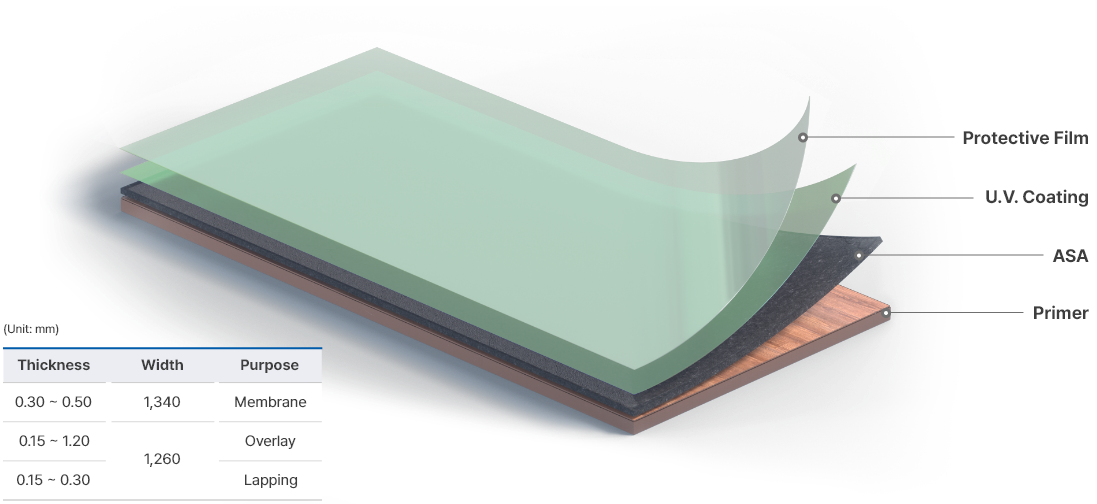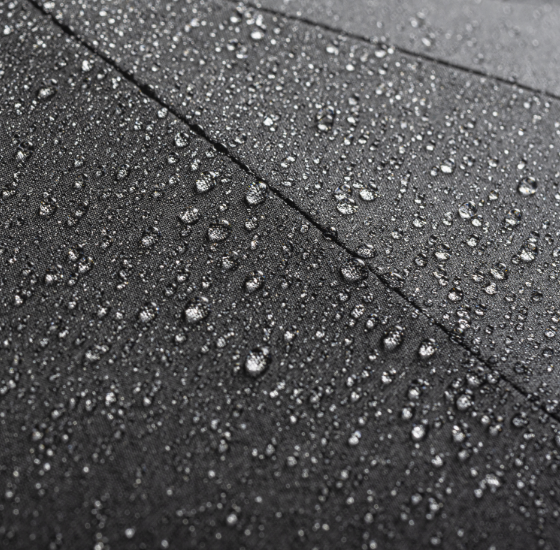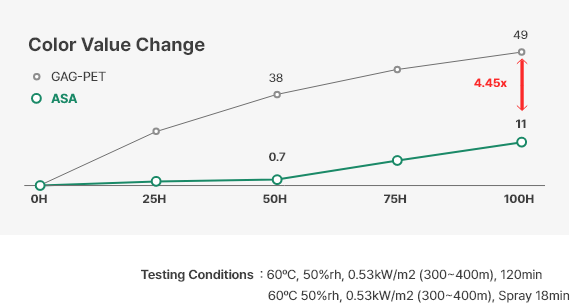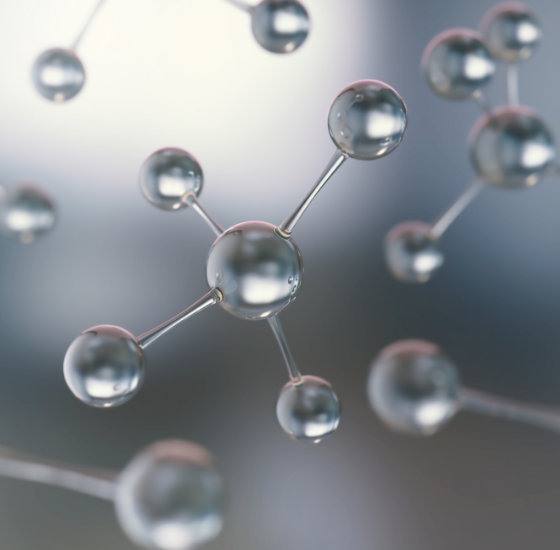ASA Resin-based Product Structure
ASA resin is a material used in the manufacturing of cars and other high-function products. It is an eco-friendly material valued for its weather resistance and ability to maintain its physical properties and external appearance.

Feature
Jinyoung’s ASA deco sheets are made from ASA resin jointly developed with LG Chem. Many of Korea’s largest kitchen installers, furniture manufacturers, and construction companies choose Jinyoung’s ASA deco sheets for their high quality.
-

UV Stability & Weather Resistance
An eco-friendly solution containing minimal UV stabilizer. Offers high resistance to changes in physical properties and external appearance through exposure to the elements.
-

Heat resistance / Chemical resistance / Processability
Outstanding mechanical properties and solvent resistance, including high rigidity and high impact resistance. Suitable for extrusion, injection, and calendar molding.- Minimal deformation in hot and humid conditions (lighting, cooking instruments, etc.)
- Amorphous resin with little contractility (PET: crystalline resin prone to high contraction and expansion)
- Polar resin with versatility and outstanding adhesion (PET, PP: non-polar resin providing inferior adhesion)
-

Eco-friendly
An eco-friendly product made from large chamber-tested premium, bio-safe materials and bearing the Korea-Eco Label.- Zero formaldehyde / Minimal plasticizers, heavy metals, and volatile organic compounds
- No toxic gas generated when burned (PVC: Releases large amounts of hydrochloric acid gas and dioxins when burned)
- Single-component, recycling-friendly material
Large chamber testing found 0.25mg of volatile organic compounds per m3



